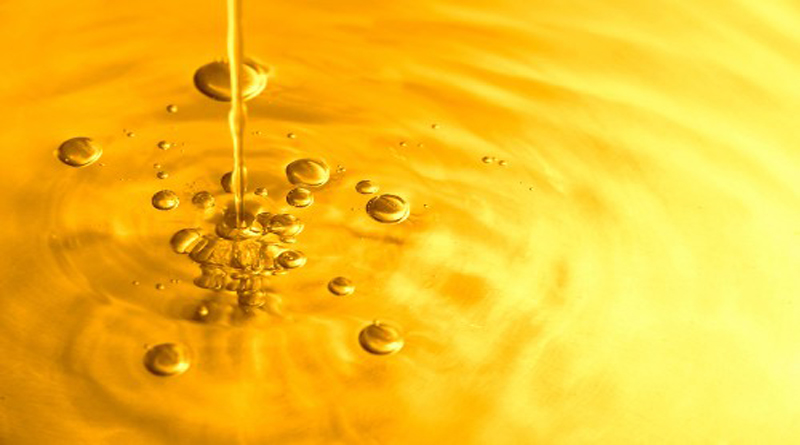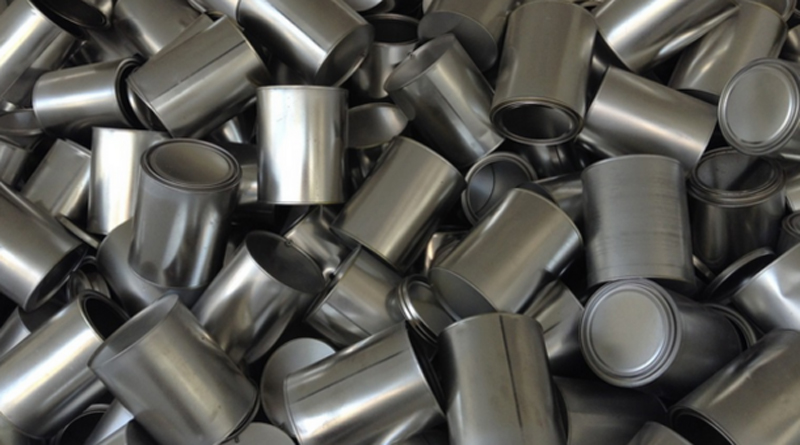Chia seed producer Benexia is to present a chia oil featuring its new XIA PURE Ox Blocker technology at Vitafoods 2017. The development of Benexia’s XIA PURE Ox Blocker, a new, proprietary process technology significantly increases stabilization of its chia oil, ensuring the omega-3 oil has 100% product consistency, has a longer shelf life, is solvent free as well as GMO free.
“Chia oil contains more than 60% omega-3 ALA (alpha linolenic acid), a polyunsaturated fatty acid that makes it very healthy, but also very sensitive to oxidation,” explains Sandra Gillot, CEO of Benexia.
To address this issue, Benexia has developed XIA PURE Ox Blocker technology and label that guarantees a longer shelf life of the product, stable delivery of its nutraceutical properties, and maintenance of its good taste and smell. This proprietary technology uses processes and formulation with natural ingredients, bringing an excellent oxidative stability to the product, while preserving its high-ORAC level of antioxidants (962 umol/TE/100g), present in the specially selected chia seeds.
“The technology allows Benexia to obtain a pure chia oil, with its full natural antioxidant levels, without risk of rancidity, a high fatty acid (ALA) stability, a great taste and exceptional nutrition,” Gillot adds.
Benexia uses the Rancimat method to compare XIA PURE Ox Blocker oil’s stability to other Chia Oil. The Rancimat method (standard NF EN ISO 6886) allows the comparison of the stability of fats by measuring their resistance to oxidation. It is based on the oxidation curve of the oil exposed to a constant temperature of 120°C. The stability factor is shown as the induction time (hours), measured by the instrument. The longer it takes to reach the maximum oxidation level, the slower the oxidation occurs, indicating greater resistance to high temperatures. A higher Rancimat score means a more stable oil over time.
Oxidation speed increases as temperature increases, and also with exposure to air (oxygen), light and contact with pro-oxidant materials. The existence of peroxides in the oil is evidence of the oxidation process. The Peroxide Index, stated in oxygen mini-equivalents per kg of fat, provides information about the oxidation degree of the oil before it has been determined organoleptically.
Source: Nutrition Insight








